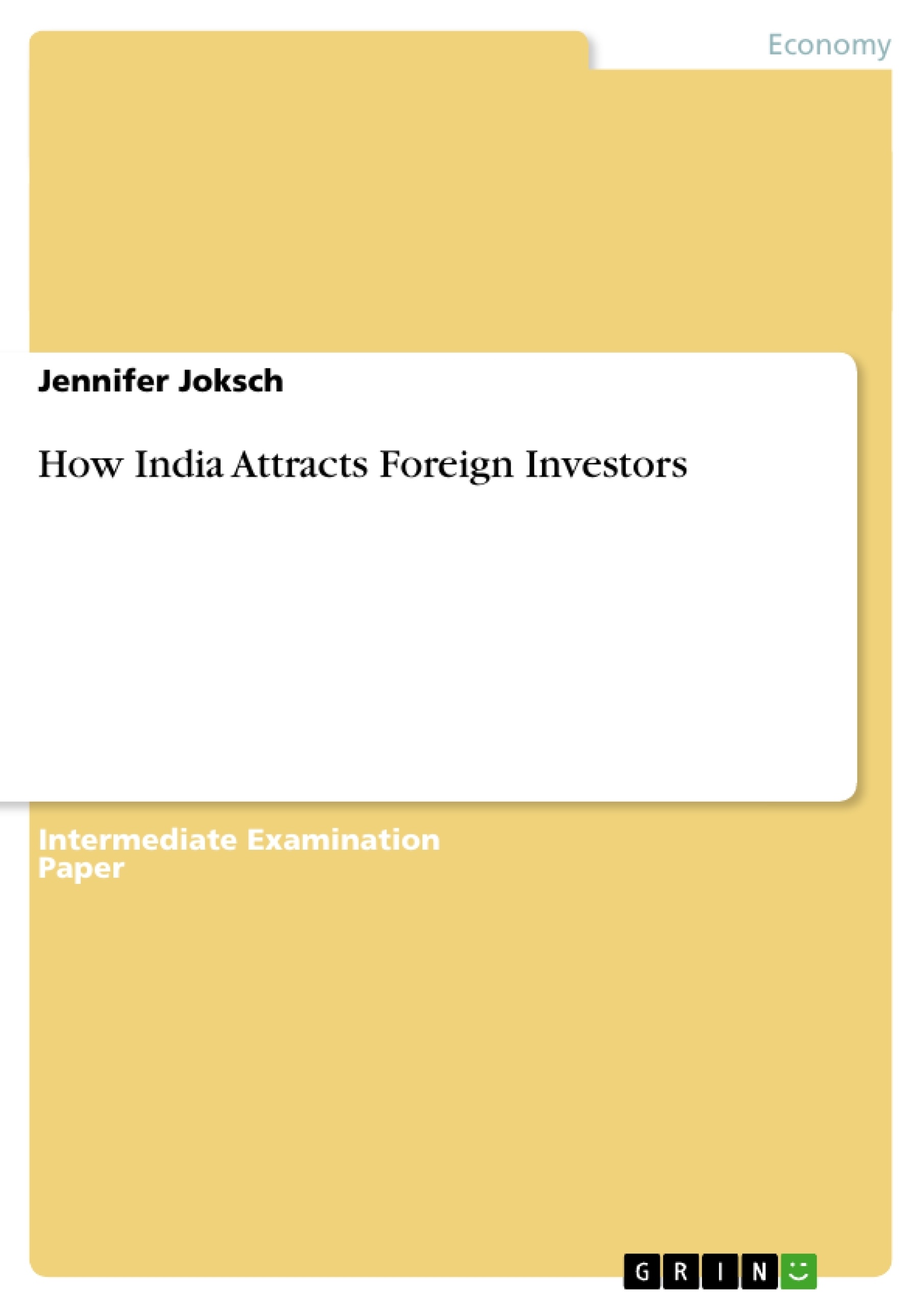The history of today’s Indian civilization goes back to at least 5,000 years. Until the British conquest in the 19th century, the Indian history was similar to the European. Indian colonial time started with the landing of the Portuguese seaman Vasco de Gama in 1498. In the following century more and more European countries entered into trade with the Asian subcontinent. Britain dominated the trades and gained full military and economic control by 1857, followed by the founding of the Indian Empire, ruled by Queen Victoria’s viceroy. Economical structures were formed to the purpose of Britain’s colonial interests but at the end of the century the awareness of Indian nationalism and culture rose. After World War One Indian strive for Independency was strengthened by two key figures: Mohandas Karamchad Gandhi (also known as Mahatma Gandhi) was not only able to mobilize the rural population, who had been ignorant, exploited and apathetic, but also to unite Hindus and Moslems in the fight against the cast system. With Jawaharlal Nehru as president of the Congress Party Great Britain granted parliamentary self-governance for the provinces in 1935 and allowed elections in 1937, followed by a total breach between Hindus and Moslems. By 1947 Gandhi’s principles of nonviolence, passive resistance and civil disobedience beard fruits: Great Britain left the Asian subcontinent. Still trying to unite Moslems and Hindus, Gandhi was murdered by a Hindu-extremist in 1948 followed by the empire’s divide into India and Pakistan.
Another war in 1971 caused the separation of Bangladesh from Pakistan.1On January 26th 1950 the constitution of the “Sovereign Socialist Secular Democratic
Republic of India“2became effective - its structures remain until today. India is the largest democracy in the world with a population of 1.1 billion inhabitants and an area of 3.3 million km², which survived crisis and remains stable despite of its enormous heterogeneity, an unrivaled cultural, social and economic variety. But still a free capitalist market was not able to prevail: Nehru favored a model of a centrally driven and planned economy to fulfill the vision of an “Independent India” - following the model of the former Soviet Union. The mixed economy should protect India from foreign investments and secure its independency and self-reliance. However it lead to India’s isolation from the world market.
Inhaltsverzeichnis (Table of Contents)
- Section 1: India's general Conditions for Foreign Investments
- 1.1 Indian History and its economic Reforms
- 1.2 India's Economy
- 1.2.1 The economic Structure
- 1.2.2 The Impact of Foreign Investments
- 1.3 Political Economics - Challenges India is facing today
- 1.4 Social Conditions
- 1.4.1 Social Developments and Poverty
- 1.4.2 Emigration
- 1.4.3 Business Culture
- Section 2: Foreign Investments
- 2.1 Possible Strategies for Investments in India
- 2.2 India's Attractiveness
- 2.3 Foreign Companies in India
- 2.3.1 Foreign Investments
- 2.3.2 German Investments
- Section 3: India's special Structure
- 3.1 The physical Structure
- 3.2 The demographic Structure
- 3.3 Economic Areas in India
- 3.4 The Special Economic Zones
Zielsetzung und Themenschwerpunkte (Objectives and Key Themes)
This report explores the conditions for foreign investment in India, examining the historical context, economic factors, political challenges, social dynamics, and specific investment strategies. The report aims to provide a comprehensive overview of India's investment landscape and its attractiveness to international companies.- India's historical context and economic reforms
- The economic structure and impact of foreign investments in India
- Political and social challenges facing India today
- Strategies for investments in India
- India's specific structures, including its physical, demographic, and economic characteristics
Zusammenfassung der Kapitel (Chapter Summaries)
Section 1: India's general Conditions for Foreign Investments
Chapter 1.1 provides a historical overview of India, highlighting the impact of British colonialism and the emergence of Indian nationalism. It explores the transition from a colonial economy to the post-independence era and the adoption of a centrally planned economic model. Chapter 1.2 examines India's economic structure, including its key sectors and the role of foreign investment in its economic growth. It discusses the impact of foreign investments on various sectors of the Indian economy. Chapter 1.3 delves into the political and economic challenges facing India today, analyzing the country's political landscape and its strategies for economic development. Chapter 1.4 explores the social conditions in India, focusing on social development, poverty, emigration, and the nuances of business culture.
Section 2: Foreign Investments
Chapter 2.1 outlines various strategies for foreign companies seeking to invest in India. It provides insights into different investment models and the considerations involved in entering the Indian market. Chapter 2.2 examines the factors that make India attractive to foreign investors, analyzing the country's economic potential, skilled workforce, and growth prospects. Chapter 2.3 highlights the presence of foreign companies in India, examining the patterns of foreign investment and specifically focusing on German investments.
Section 3: India's special Structure
Chapter 3.1 analyzes the physical structure of India, discussing its geographical features, infrastructure, and logistical considerations. Chapter 3.2 explores the demographic structure of India, analyzing its population size, distribution, and socio-economic characteristics. Chapter 3.3 focuses on the economic areas in India, highlighting the different regions and their economic strengths. Chapter 3.4 examines the Special Economic Zones (SEZs) in India, discussing their role in attracting foreign investment and promoting economic development.
Schlüsselwörter (Keywords)
This report centers on the key topics of foreign investment, economic development, and India's unique position as an emerging economy. It explores the country's historical context, social dynamics, political landscape, and investment strategies. Important keywords include: foreign direct investment, economic reforms, political economy, social conditions, investment strategies, economic areas, Special Economic Zones, and India's attractiveness to foreign investors.- Quote paper
- Jennifer Joksch (Author), 2006, How India Attracts Foreign Investors, Munich, GRIN Verlag, https://www.hausarbeiten.de/document/64206


